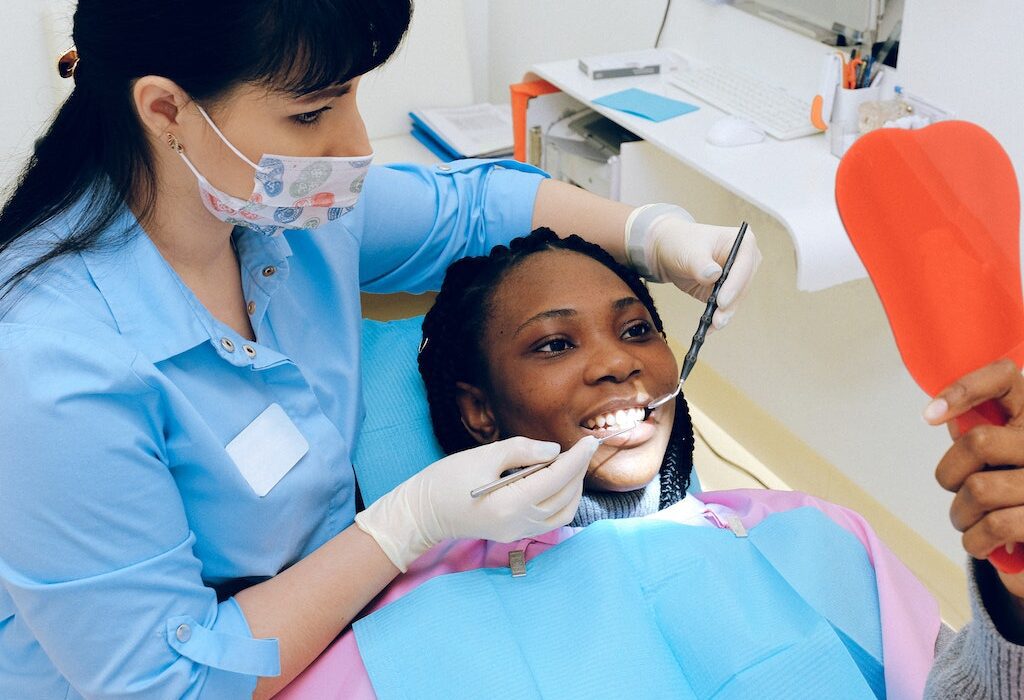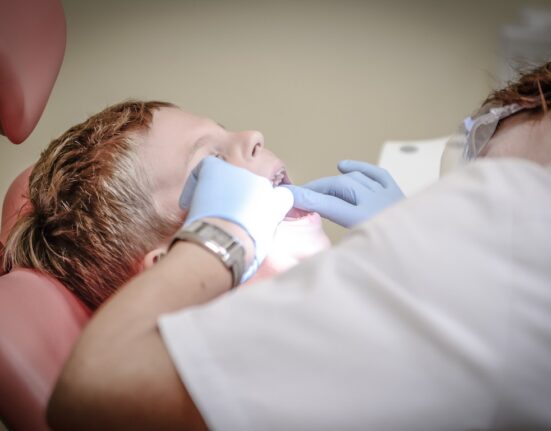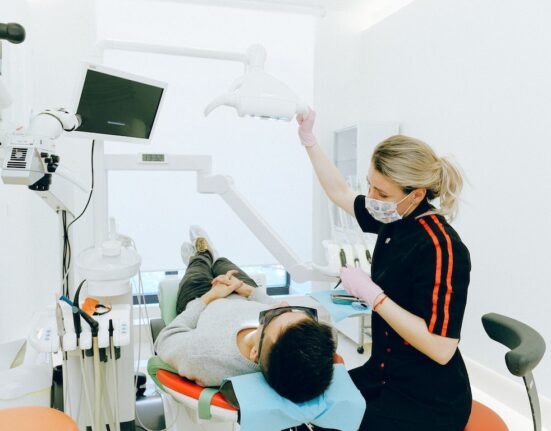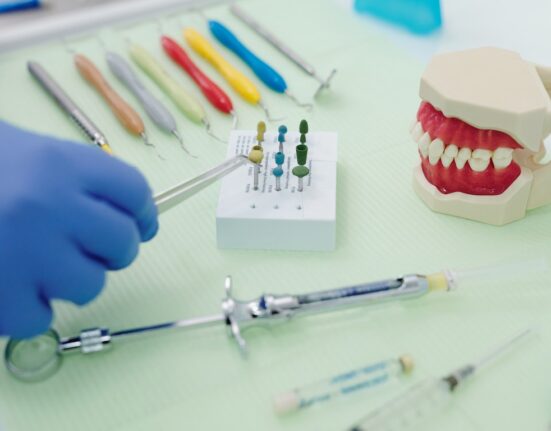A bright smile is a sign of good oral hygiene and can boost confidence. However, over time, teeth can become stained or discolored due to various factors, like aging, genetics, diet, and lifestyle habits. Fortunately, there are several ways to whiten the teeth and achieve a brighter, more radiant smile. Read on to know more.
Types of Teeth Whitening
There are two main types of teeth whitening methods: In-office and at-home treatments.
In-Office Whitening
In-office whitening involves a dental professional applying a high-concentration bleaching agent to the teeth and activating it with a special light. This type of treatment usually takes about an hour and gives immediate results.
At-Home Whitening
This involves a person wearing custom-made trays over their teeth for a certain amount of time each day. These trays are filled with a lower-concentration bleaching agent that gradually whitens the teeth over several weeks.
Whitening toothpaste, strips, gels, and other over-the-counter whitening products are also available. However, they are not as effective as professional treatments.
Safety and Risks
Teeth whitening treatments are generally safe, but they can cause some side effects, such as tooth sensitivity and gum irritation. These side effects are temporary and can be managed with over-the-counter pain relief products or by adjusting the treatment.
Consult a dentist before starting any teeth whitening treatment. This is especially important for somebody who has dental restorations, such as fillings, crowns, or bridges. Whitening treatments may not work on these restorations, and they can cause them to stand out against your newly whitened teeth.
Maintaining White Teeth
Teeth whitening isn’t a permanent solution, and the results can fade over time. However, there are several ways to maintain the results of a teeth whitening treatment:
- Brush and floss regularly to remove surface stains and prevent new ones from forming.
- Limit consumption of dark-colored foods and drinks, such as coffee, tea, and red wine.
- Use a straw to drink these beverages to minimize contact with the teeth.
- Visit the dentist regularly so they can identify any signs of staining or discoloration and recommend touch-up treatments.
In conclusion, teeth whitening is relatively safe and accessible. However, it’s not a permanent solution. Good oral hygiene is important to ensure the teeth whitening treatment’s effects last as long as possible.






